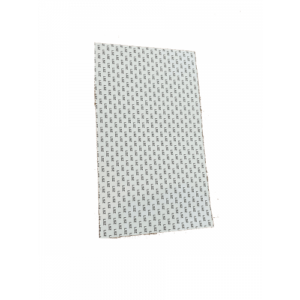LSZ
LSZ: Bulk Industrial-Grade Lysergamide Chemicals for Research and Manufacturing
LSZ (Lysergic acid 2,4-dimethylazetidide) is a synthetic lysergamide compound valued in advanced chemical research, pharmaceutical development, and industrial manufacturing. At https://realchemstore.org/ , we specialize in supplying high-purity, industrial-grade LSZ and related lysergamides in bulk quantities for laboratories, manufacturers, and research institutions.
What the LSZ Category Includes
This category features LSZ and structurally related lysergamide compounds, such as AL-LAD, ETH-LAD, and 1P-LSD. All chemicals are produced under strict quality control to meet the needs of industrial and scientific applications.
Key Types of Chemicals & Major Applications
- LSZ: Used as a reference standard in analytical labs, for receptor binding studies, and as a precursor in chemical synthesis.
- AL-LAD, ETH-LAD, 1P-LSD: Utilized in neurochemical research, pharmaceutical R&D, and as intermediates for specialty chemical production.
Industrial Uses
- Pharmaceutical Research: For compound screening, receptor mapping, and drug development.
- Analytical Chemistry: As calibration standards for GC/MS, LC/MS, and other analytical methods.
- Chemical Manufacturing: As building blocks for developing new formulations and compounds.
Packaging Options & Handling Advice
- Packaging: Secure, tamper-evident containers from 100g to multi-kilogram drums for bulk orders.
- Handling: Use appropriate PPE (gloves, goggles, lab coats), work in ventilated areas, and follow all safety regulations for handling lysergamide chemicals.
Why Source from https://realchemstore.org/ ?
- Bulk-only, industrial-grade supply
- Certified purity and batch testing
- Reliable, global shipping and logistics
- Expert technical and regulatory support
For bulk LSZ and related lysergamides, https://realchemstore.org/ is your trusted partner for quality, compliance, and industrial reliability.
Showing the single result

